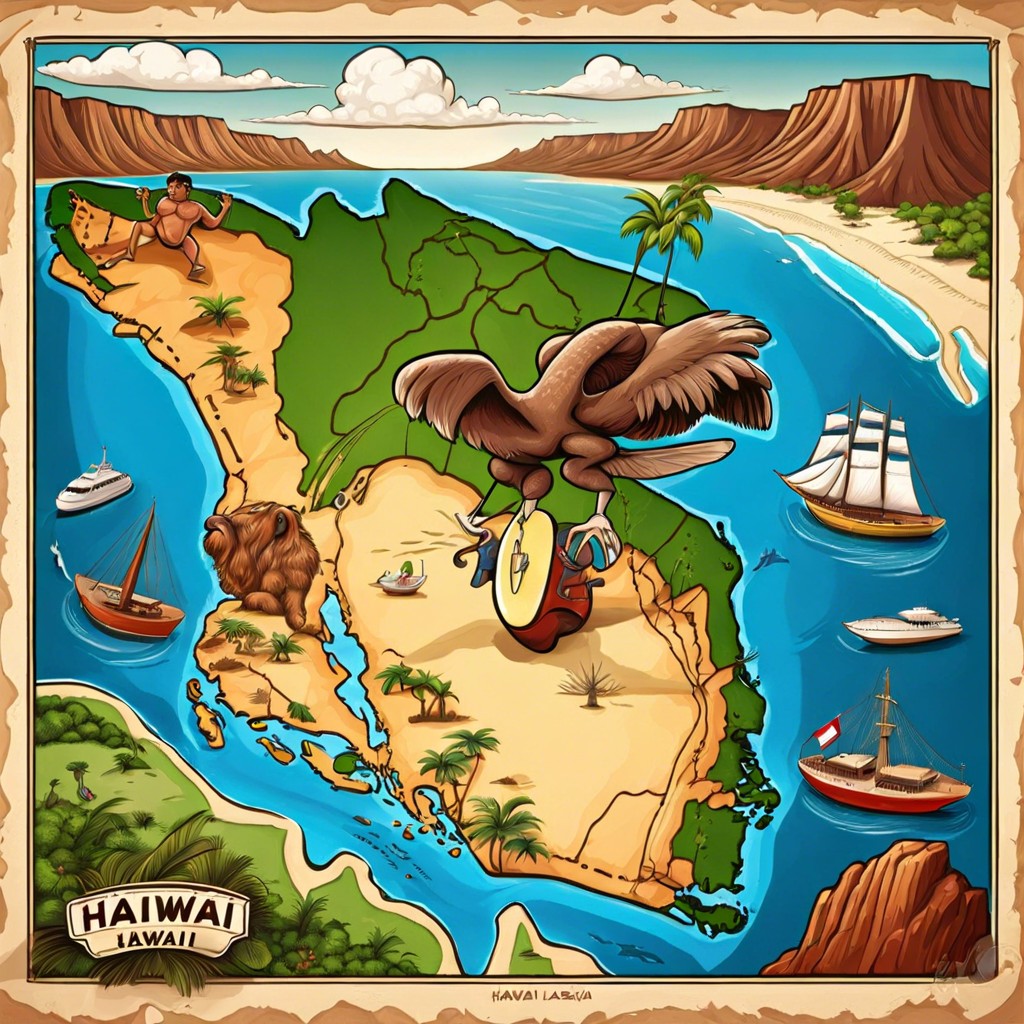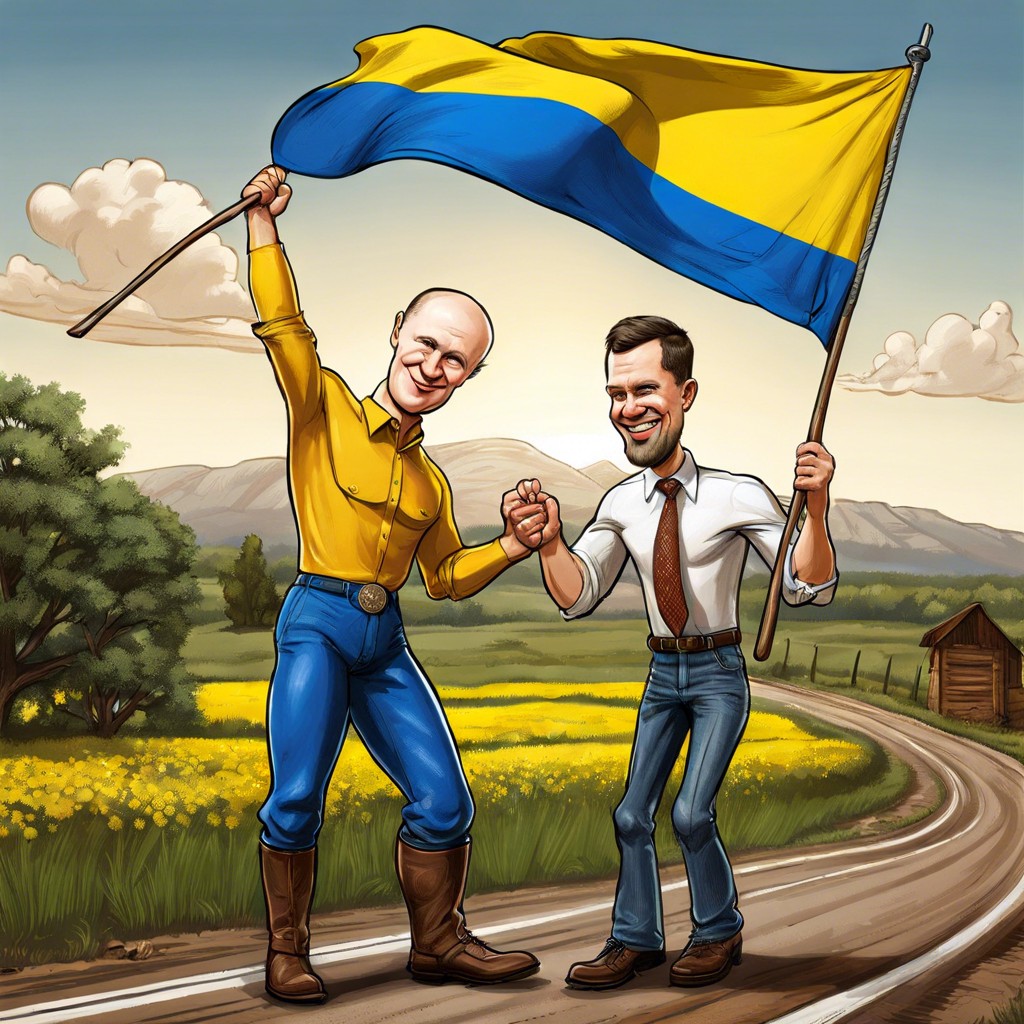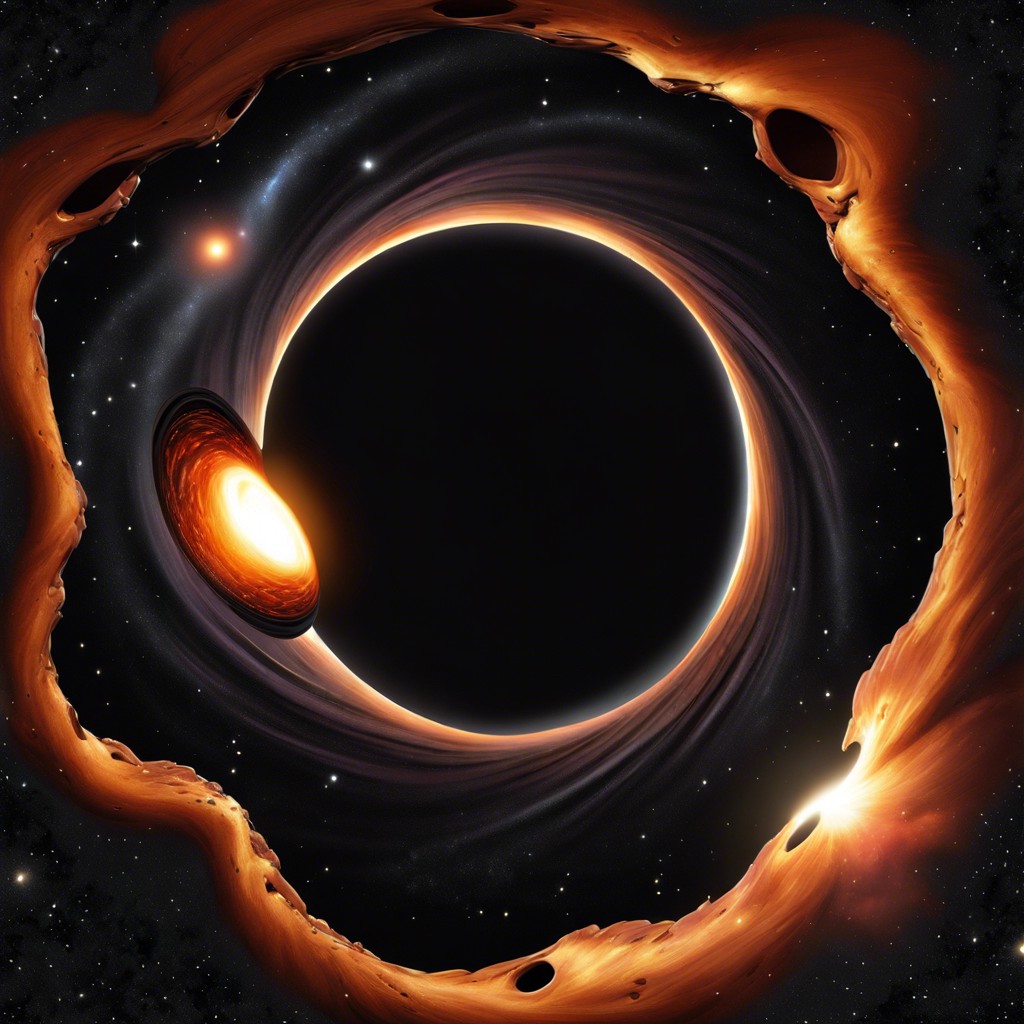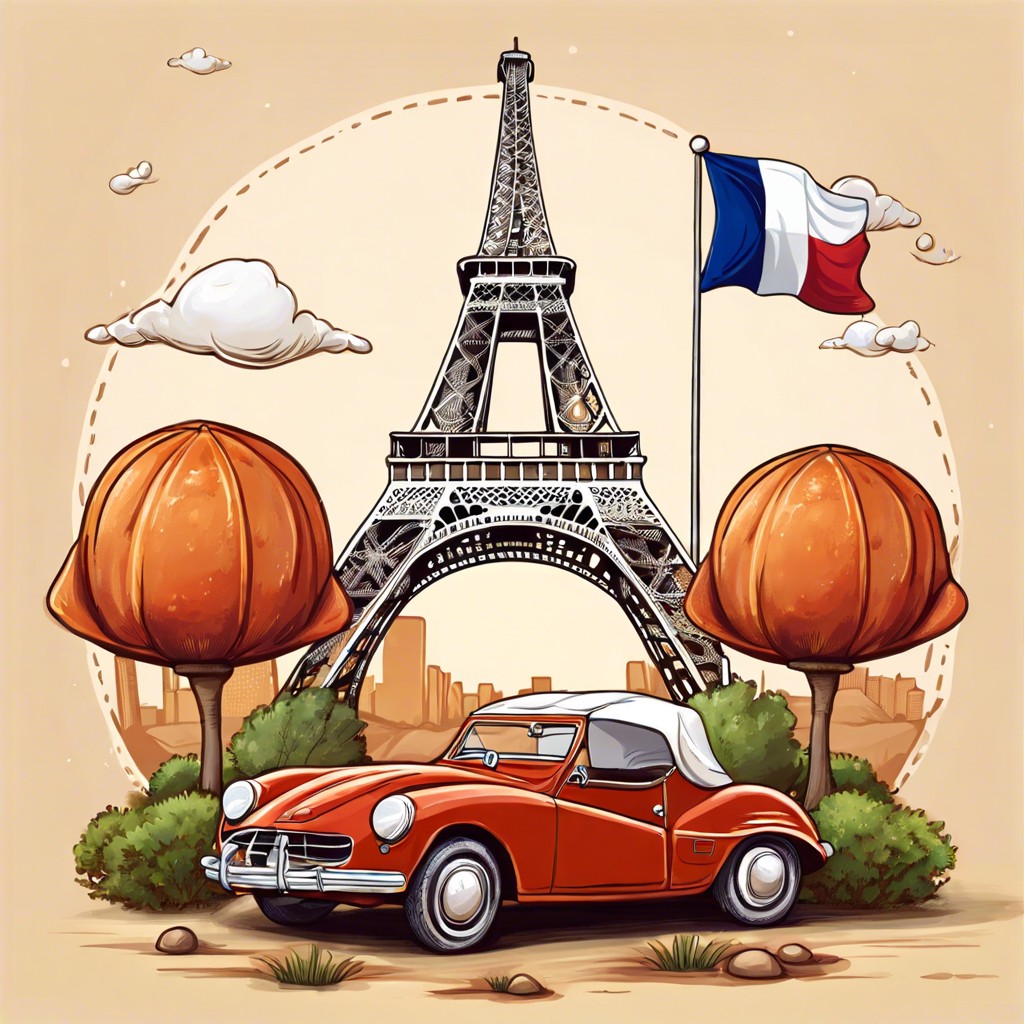Learn about the size differences between Russia and the United States, uncovering why Russia’s vast landscape sets it apart.
Key takeaways:
- Russia is about 56% bigger than the USA in terms of land area.
- Despite its larger size, Russia has a smaller population than the USA due to uninhabitable areas.
- Russia relies heavily on natural resources, while the USA has a more diversified economy.
- The USA has a larger GDP and more global economic influence than Russia.
- The USA has stronger trade agreements and influence in international trade policies compared to Russia.
Total Area Comparison: Russia Vs. USA
Russia is the largest country in the world by land area, covering over 17 million square kilometers. In stark contrast, the United States is approximately 9.8 million square kilometers, making it about 56% the size of Russia. This significant difference highlights the massive expanse of Russia, which stretches across Eastern Europe and northern Asia.
Despite its larger size, much of Russia’s territory is sparsely populated Siberian wilderness, which contrasts with the more uniformly distributed population centers throughout the U.S. This vast area includes a wide variety of natural environments and resources which contribute to its regional diversity.
Understanding the scale of Russia compared to the United States provides essential context for discussions on geopolitical influence, natural resource management, and international diplomacy. The sheer vastness of Russia can pose logistical challenges but also presents opportunities for resource exploration and utilization.
Population in Russia and the USA
Despite its vast land size, Russia’s population is significantly smaller than that of the USA. With around 144 million inhabitants, Russia is less densely populated, mostly due to large expanses of uninhabitable Siberian tundra. In contrast, the USA boasts a population of approximately 331 million people, benefiting from a diverse range of climates and more uniformly distributed arable land which supports larger and more numerous urban centers. This population discrepancy affects various elements of both countries’ domestic markets and international influence, shaping economic policies, cultural development, and geopolitical strategies.
Economic Overview: Russia Vs. USA
Russia’s economy significantly leans on its vast natural resources, particularly oil and natural gas, which account for a major portion of its exports. This resource dependency makes its economy susceptible to fluctuations in global commodity prices. In contrast, the USA has a more diversified economy, heavily driven by services, technology, and innovation, contributing to its stability and global economic influence.
The GDP of Russia is a fraction of the USA’s, reflecting economic disparities in terms of size, market, and international economic clout. The USA stands as one of the largest economic entities globally, while Russia, despite its geographical size, doesn’t match up economically.
Foreign trade policies also show a contrast; the USA has a complex web of trade agreements and hefty influence in international trade policies, whereas Russia faces trade sanctions that somewhat limit its economic interactions on the global stage. These elements underline the distinct economic profiles of the two nations, each navigating global economics with unique strategies and challenges.



